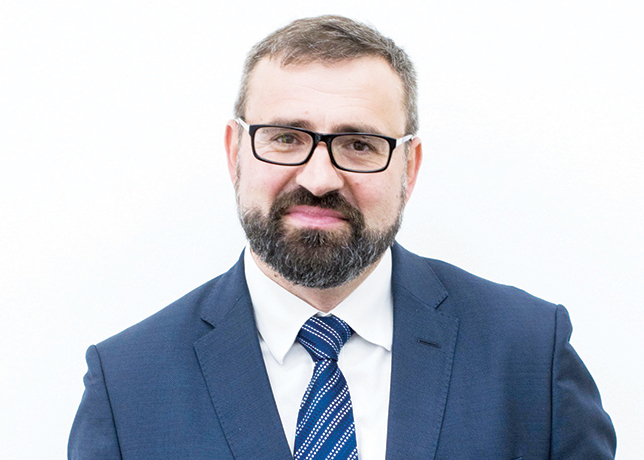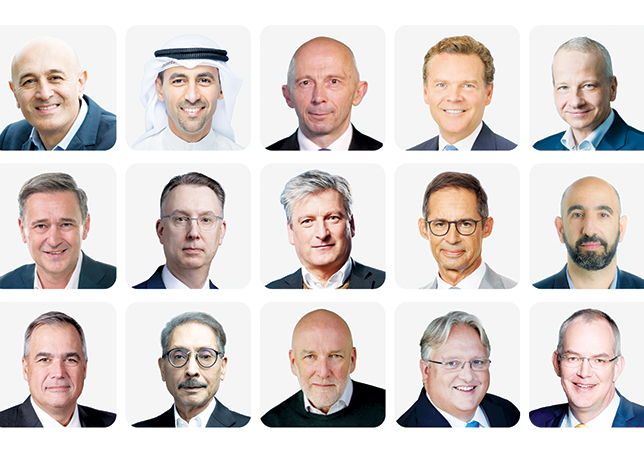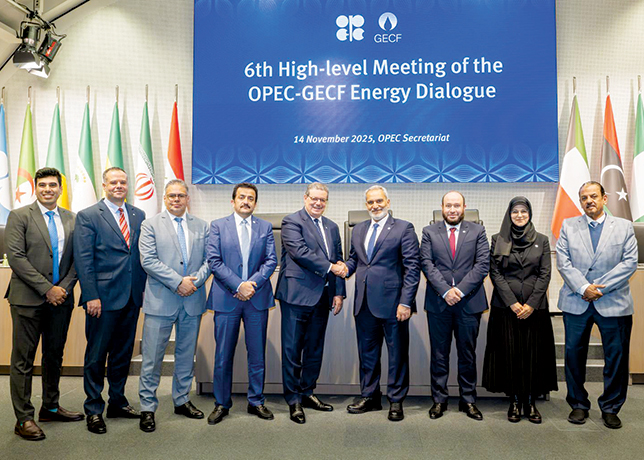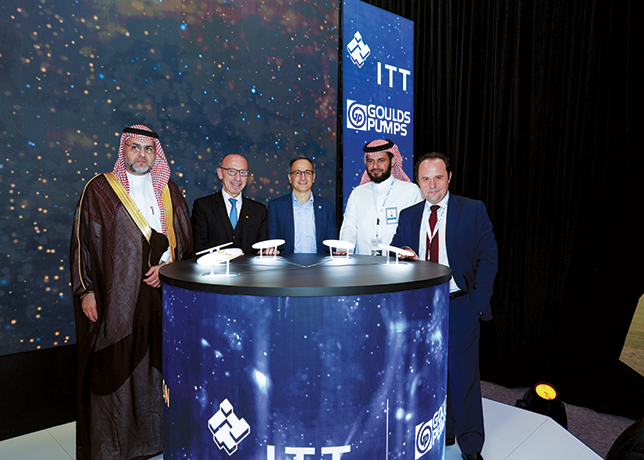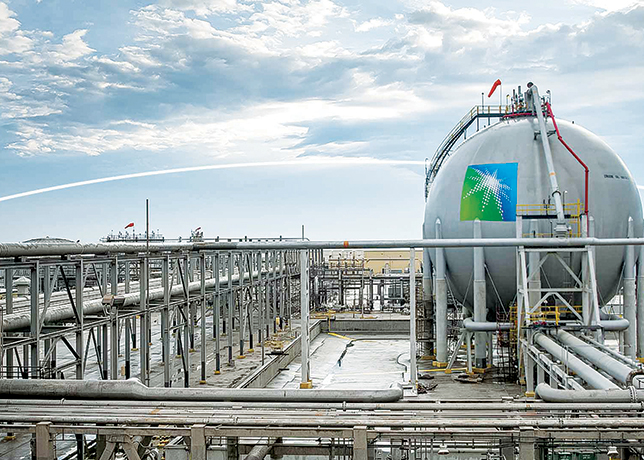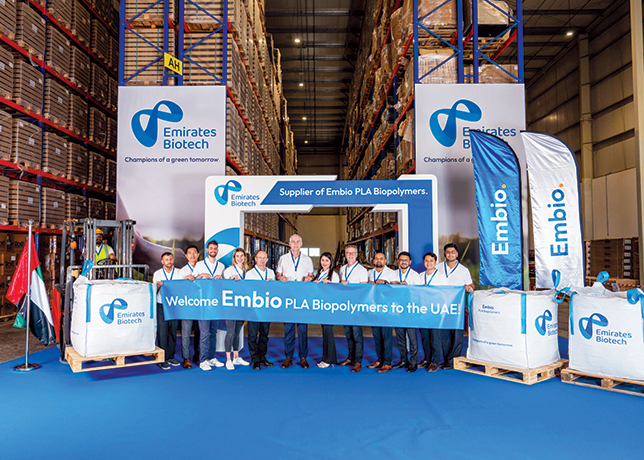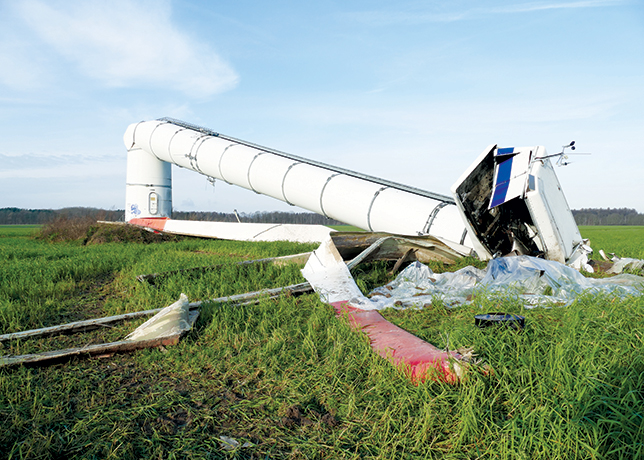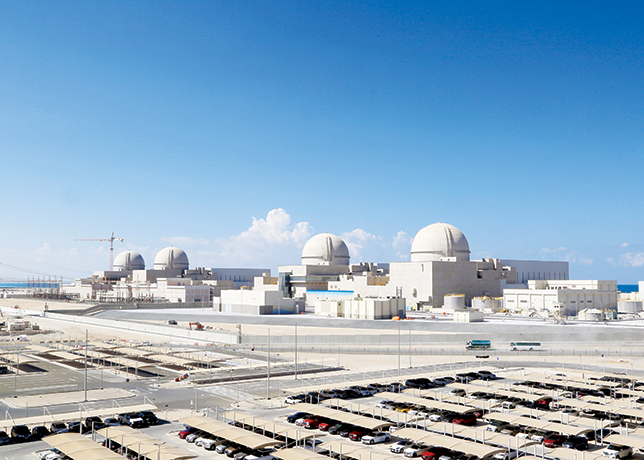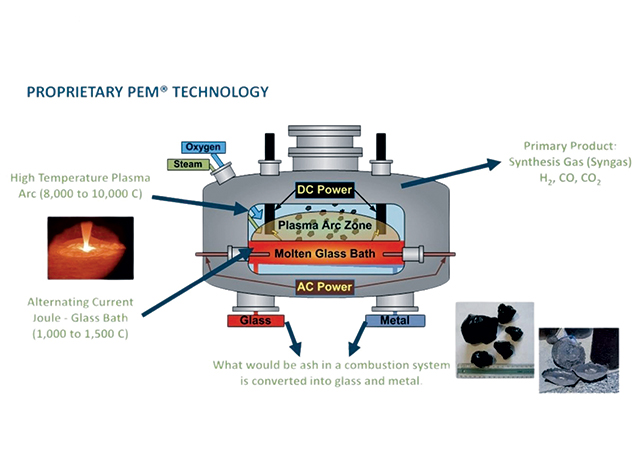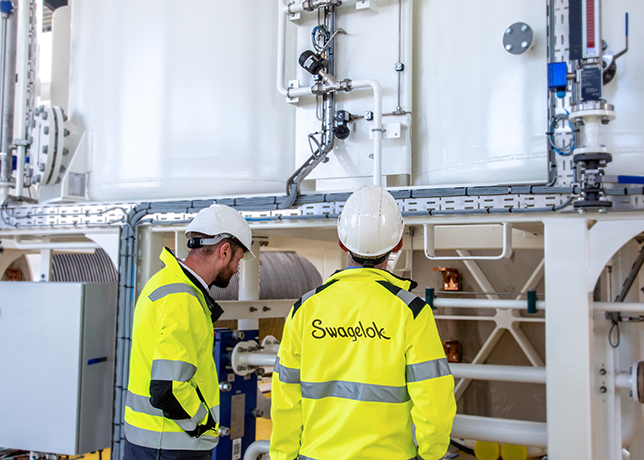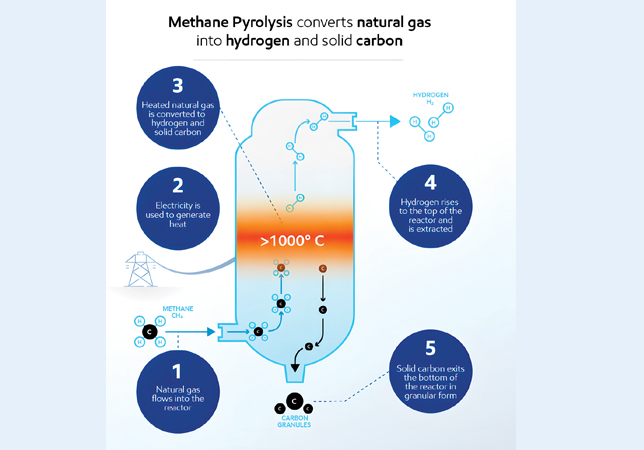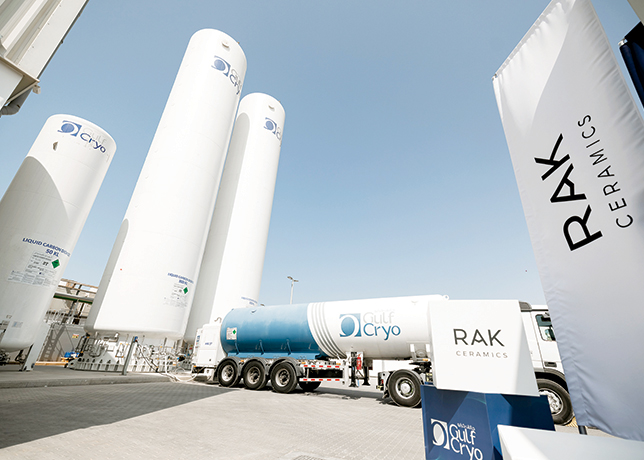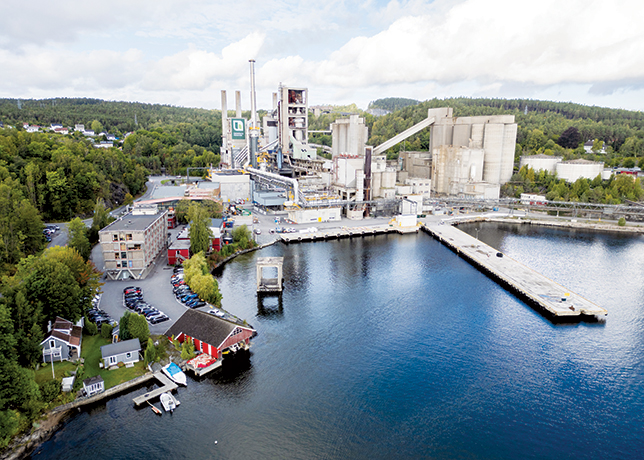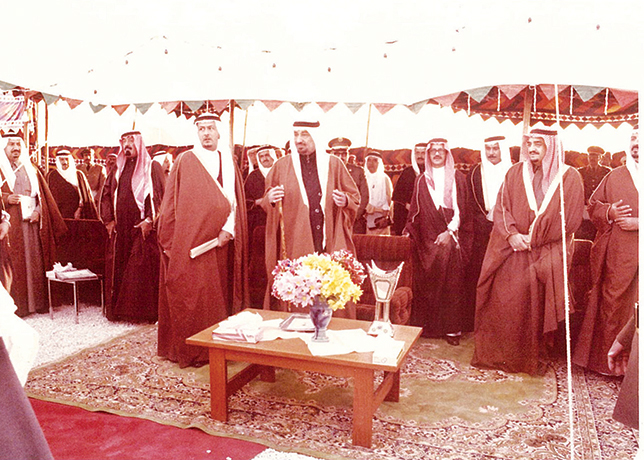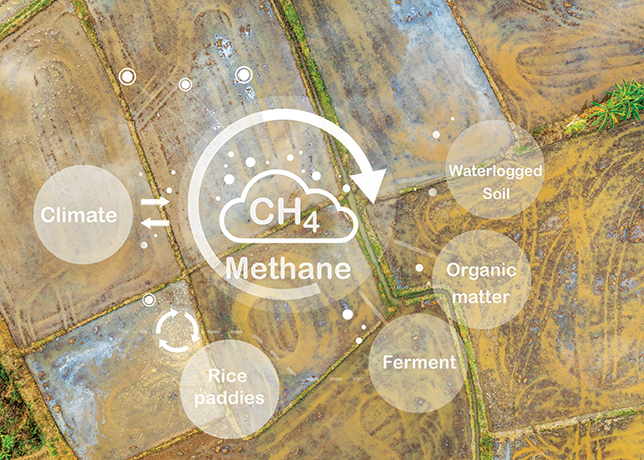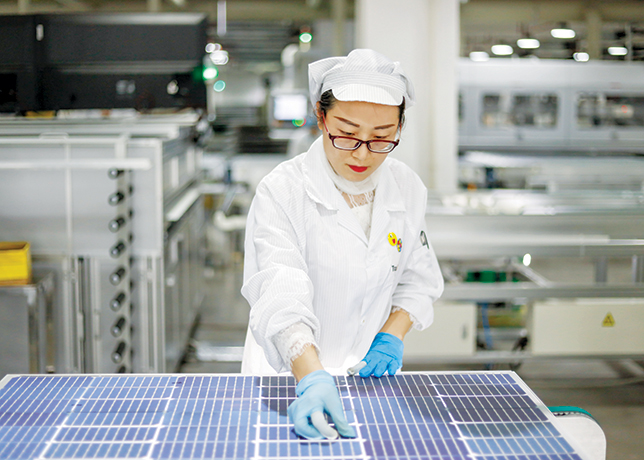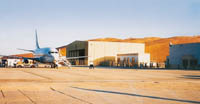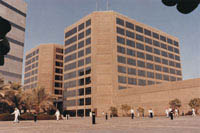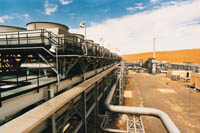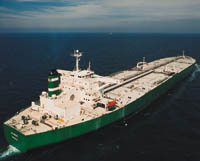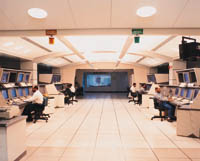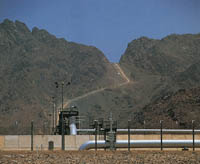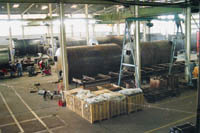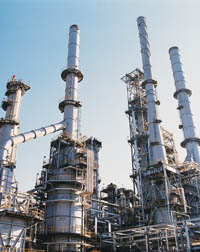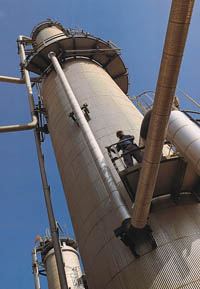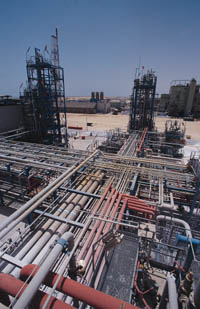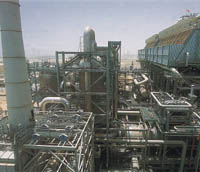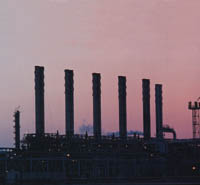
 Sabic affiliates ... coordinated and integrated
Sabic affiliates ... coordinated and integrated
The petroche-mical industry of the Gulf Cooperation Council (GCC), and Saudi Arabia in particular, has grown enormously since the commissioning of an ethylene plant in Qatar in 1981.
The expansion programmes since that time have been led by Saudi Basic Industries Corporation (Sabic), a majority-owned government enterprise which is now one of the world's leading petrochemical players.
Cooperation among GCC petrochemical producers, hitherto limited to Saudi Arabia, is set to gain momentum in an increasingly competitive business environment, according to Dr Abdul Wahab Al Sa'doun, director of the Industrial Information & Coordination Dept at the Gulf Organisation for Industrial Consulting (GOIC), Doha, Qatar.
Saudi Arabia accounts for 84 per cent of total GCC petrochemical output, followed by Qatar (eight per cent), Kuwait (six per cent) and Bahrain (two per cent).
These shares are likely to change by 2004 when new petrochemical projects come to fruition.
By then, the Saudi share of petrochemical output will drop, according to estimates, to 72 per cent (despite a raft of new capacities to come online at Sabic affiliates and a number of private projects now being considered), Qatar will grow to 12 per cent, Kuwait would drop slightly to five per cent and Bahrain to one per cent, while new capacities brought onstream in the UAE and Oman would put their shares at eight and two per cent respectively.
At present, the basic and intermediate petrochemicals are produced by seven players in the region.
They include Sabic (through its 10 affiliates) and Saudi Chevron in Saudi Arabia, Equate and Boubyan in Kuwait, Qatar Petrochemical Co. (Qapco) and Qatar Fuel Additives (Qafac) in Qatar and the Gulf Petrochemical Industries Co. (GPIC) in Bahrain.
By 2004, the number of producers in the region will more than double, primarily as a result of the strong involvement of private investment in the petrochemical industry.
The increasing number of petrochemical producers in the GCC states is consistent with their objective of reducing heavy reliance of national economies on volatile oil revenues.
But is coordination between GCC petrochemical producers necessary?
Given the industry's complexity, its large capital requirements, the great variety of products, costly Research & Development (R&D) activity and the need for marketing experience, the petrochemical sector lends itself to cooperation.
To enhance its competitive advantage, GCC industry has relied on economies of large-scale production, to the effect that plant scales are generally larger in the GCC than in other regions. The adoption of this strategy has endowed the GCC producers with a strong competitive advantage relative to worldwide competition.
This is likely to continue. The greater penetration in local and global markets, and the expansion of these markets provides support for larger-scale petrochemical complexes in the region. Strong evidence for this drive is provided by the some of the world's largest single-train plants in Saudi Arabia.
The successful establishment of upscale plants in the region, jointly with the small size of the local market dictated an ''export-orientated'' strategy for the GCC petrochemical industry.
Considerable amounts of Sabic's major commodity petrochemicals, polyethylene, ethylene glycol, methanol and methyl tertiary butyl ether (MTBE) are sold abroad.
But the export-orientation had rendered the GCC petrochemical industry highly vulnerable to changes in international market conditions, affecting revenues and profitability. This calls for close cooperation and coordination among GCC petrochemical producers to protect their traditional markets and to develop new ones, said Sa'doun.
Cooperation has already been successful at Sabic, where affiliates coordinate and integrate.
On a regional level, however, cooperation among petrochemical producers has been done whenever the need may arise.
Such modest regional cooperation is linked to the fact that the GCC countries have planned the development of their petrochemical industries in isolation of one another. In addition, the shares of the GCC petrochemical enterprises are entirely or in majority owned by their respective governments.
However, with the increasing private sector participation in petrochemicals, it is expected that an enterprise to enterprise cooperation will be forthcoming in the near future.
It is expected that cooperation in production capacities will he directed towards filling in gaps in the industry's feedstock supplies and product range.
Cross-border cooperation is also expected to be extended to involve other Middle Eastern producers outside the GCC region.
In terms of marketing, some GCC producers, particularly smaller ones, may consider joint marketing operations with Sabic, which has a well-established sales network in Asia and Europe.










